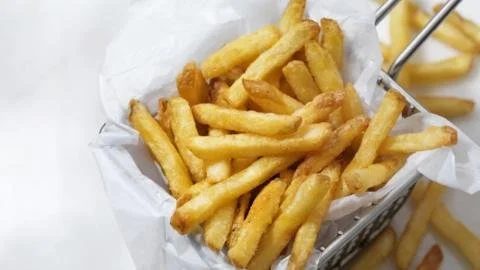From Farm to Fry: India's Journey to Becoming a French Fry Powerhouse
In the heart of Gujarat, India, Jitesh Patel’s family transformed their farming fortunes by pivoting from cotton to potato cultivation. Faced with drought and poor cotton yields, they ventured into the world of French fries, a decision that would lead to India emerging as the world’s second-largest potato producer and a surprising powerhouse in the global French fry export market.
The shift to growing suitable potato varieties for the food processing industry began in 2007, aligning with the influx of French fry manufacturers in the region, such as Canadian giant McCain Foods and India’s largest fry producer, HyFun Foods. Consequently, Gujarat has established itself as a significant hub for French fry production, with exports soaring past 20,000 tonnes monthly as of February this year—a remarkable 45% increase compared to the previous year, resulting in 181,773 tonnes of fries exported in that time frame.
Key factors for this growth are the competitive pricing of Indian fries and the alignment of changing consumer behavior, driven by urbanization and increasing disposable incomes. HyFun Foods’ CEO emphasizes that India has become a notable player due to its rich agricultural resources and a focus on maintaining quality.
To ensure this success, farmers like Patel have employed various innovations over the years. They adopted drip irrigation to conserve water and enhance crop yields, alongside utilizing organic methods, like using cow manure for fertilization. Education plays a crucial role, enabling agriculturalists to explore methods that improve yields and adapt better potato varieties for processing. Tissue culture techniques are being pursued to breed disease-free potatoes, addressing issues that cause crop browning before harvesting.
However, the journey is not without challenges. While significant progress has been made, India still lacks sufficient cold storage and transportation infrastructure, critical for maintaining the quality of frozen goods. Only 10-15% of cold storage facilities are suitable for frozen foods, leading to logistical hurdles, particularly in rural regions where cold storage is scarce. Power outages further complicate matters, risking spoilage during transport. Despite these infrastructure challenges, the contract-farming model provides financial security for many, including Patel, ensuring farmers can thrive in this burgeoning sector. Gujarat’s rise as a food processing hub is a testament to the resilience and adaptability of its farmers.

